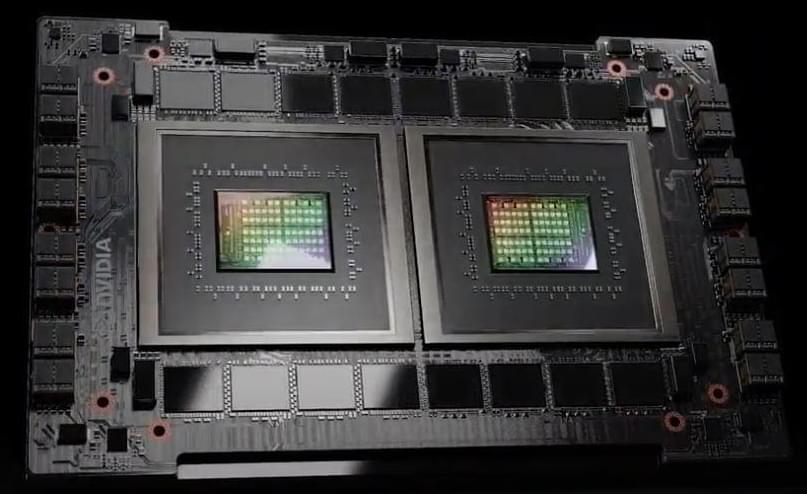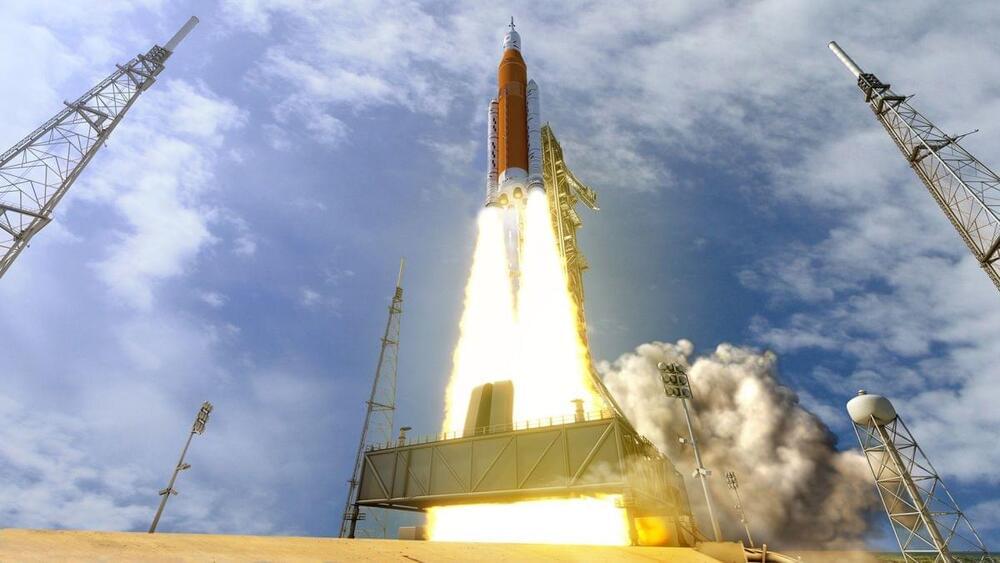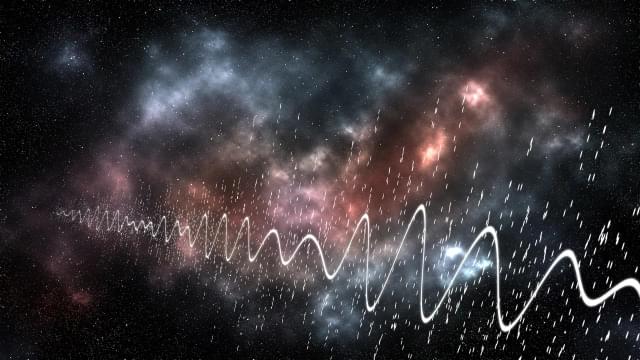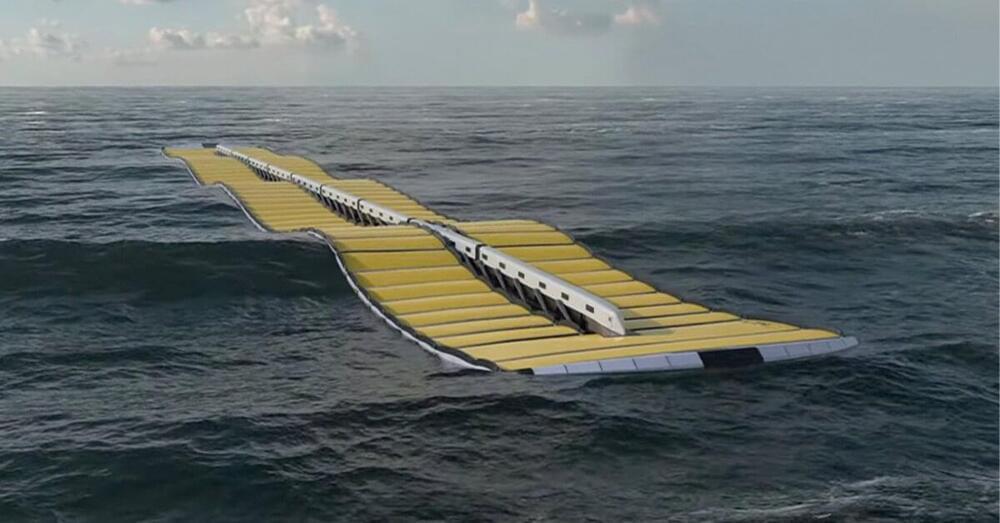The TARDIS is the iconic time machine and spacecraft from the popular sci-fi series Doctor Who. The TARDIS functions by folding space using technology that taps into higher dimensions. But is there any scientific basis for this?
Join this channel to get access to perks:
https://www.youtube.com/channel/UCF5F2zbc6NhJVyEiZGNyePQ/join.
Written, filmed, & edited by OrangeRiver.
–Music in this video–
Holfix: https://www.youtube.com/holfix.
Sam Kužel: https://soundcloud.com/samkuzel.
–Support–
Patreon: http://www.patreon.com/orangeriver.
Official website: http://www.orangeriverproductions.com.
Merch store: http://orange-river-productions.creator-spring.com/
–Social media–






